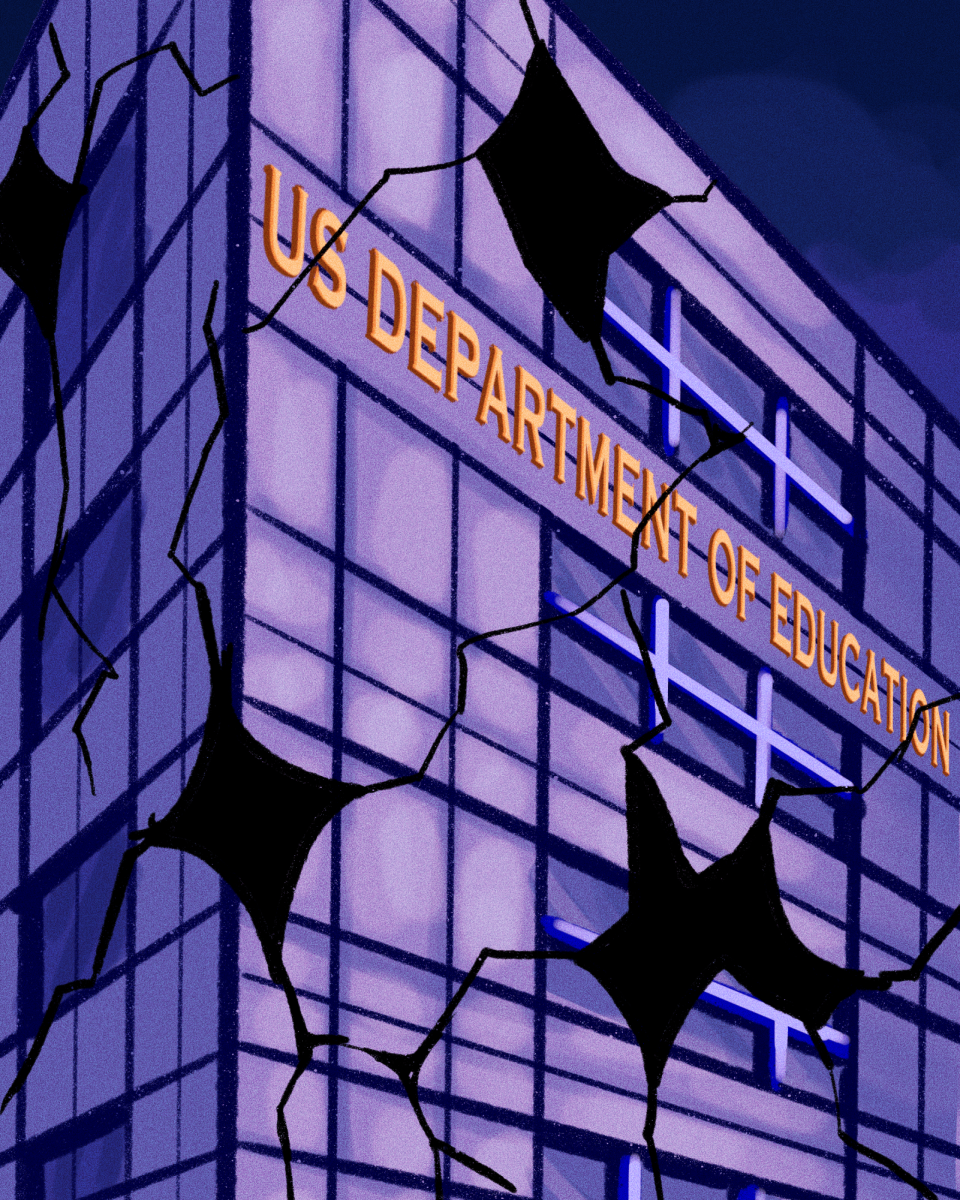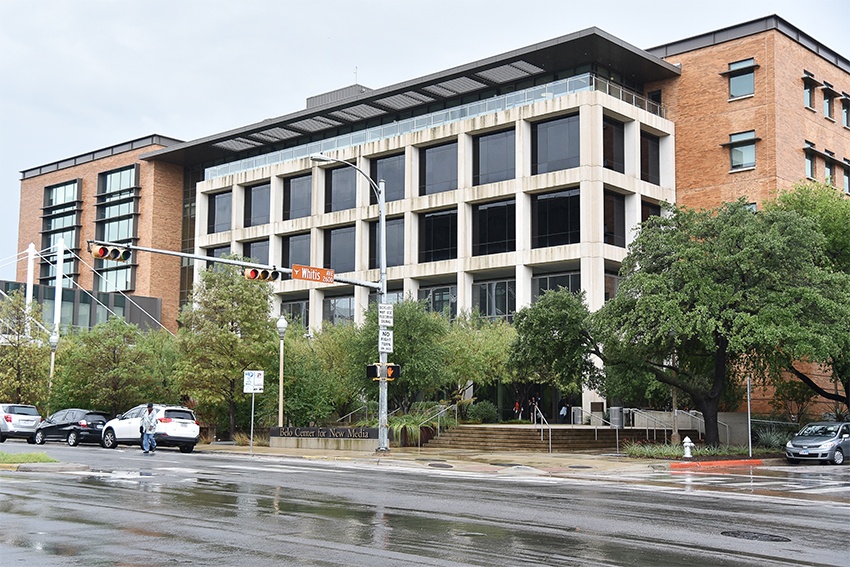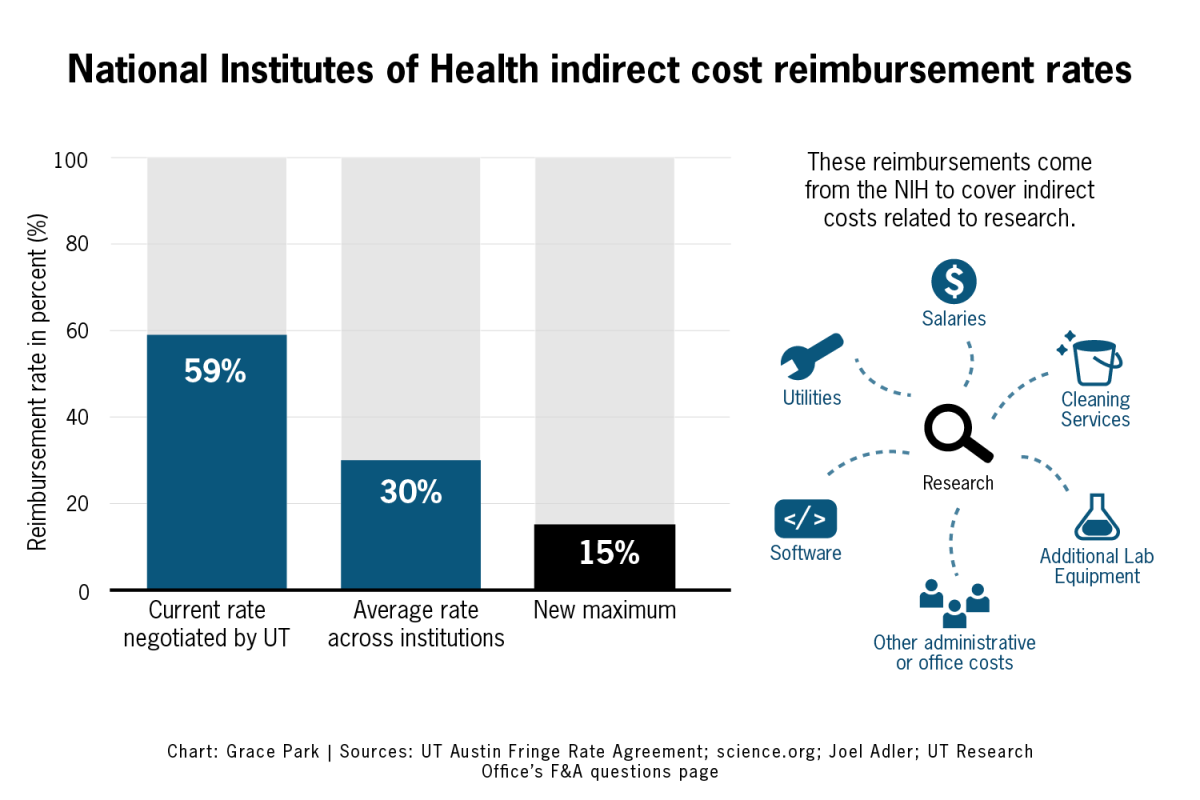Harry Ransom Center visitors will be able to explore censorship in publications between the two world wars in an exhibition titled “Banned Burned, Seized, and Censored,” which will open this fall.
According to the Ransom Center’s website, the exhibition will showcase U.S. institutions that restricted publication during the time period. Some of the institutions include the New York Society for the Suppression of Vice, the New England Watch and Ward Society, the Book-of-the-Month Club, the Post Office Department and the Treasury Department.
Censorship in America tends to be about sexuality, said Robert Jacks, a graduate student who teaches a course on banned books and novel ideas.
“There’s never an itching on censoring violence, but it’s the sexual situations that will get authors in trouble,” Jacks said.
He said the graphic sex scenes and scatological humor led to censorship of the early 20th century novel “Ulysses,” by James Joyce.
The topic of this exhibit was suggested to the Ransom Center by a visitor, said Danielle Sigler, a curator there. Sigler said censorship remains an issue because of new electronic publishing formats and questions about appropriateness in those formats.
“There’s a graphic edition of the novel ‘Ulysses,’ which is being published in an online format, and [the publishers] ran into issues with Apple censoring material because it featured nudity,” Sigler said.
The publisher and lead creator of the Ulysses publication are going to be at the Ransom Center this fall to talk about their experience with censorship. Other guest speakers will include Isaiah Sheffer, who presents “Selective Shorts” on National Public Radio, and two actors who will read selections from banned works at the exhibition.
“I hope this gives people the opportunity to think critically about their own views on censorship, to look at this earlier era and try to understand both the pro- and anti-censorship arguments of the period,” Sigler said. “Visitors can look at the world around them and see how those arguments are still being articulated today.”
The Ransom Center houses the documents of Morris Ernst, a notorious civil liberties attorney who defended Joyce and Random House Publishing when obscenity charges were brought against his novel in 1922.
The museum received a grant from the National Endowment for the Humanities to reorganize the Ernst collection and make it more accessible for researchers, Sigler said. She said there are some items from the papers that are in the exhibition, and the bulk of the collection will be accessible to researchers at end of the year.
The Ernst collection is central to the exhibit and the fact that the museum has a great Joyce collection provides the opportunity for the public to see the various kinds of censorship that some people don’t realize exist, said Thomas Staley, director of the Ransom Center.
“I think it’s especially interesting now for students to look at this phenomenon because it tells us a great deal about ourselves, about America and about what is it that’s being said and why,” Staley said.
Staley is currently overseeing various academic programs which will be associated with the exhibition. He is finding opportunities for collaboration between students and faculty who are studying issues related to first amendment rights and are able to examine the material in person.
“Banned, Burned, Seized, and Censored” will be open to the public from Sep. 6, 2011, to Jan. 22, 2012.



















